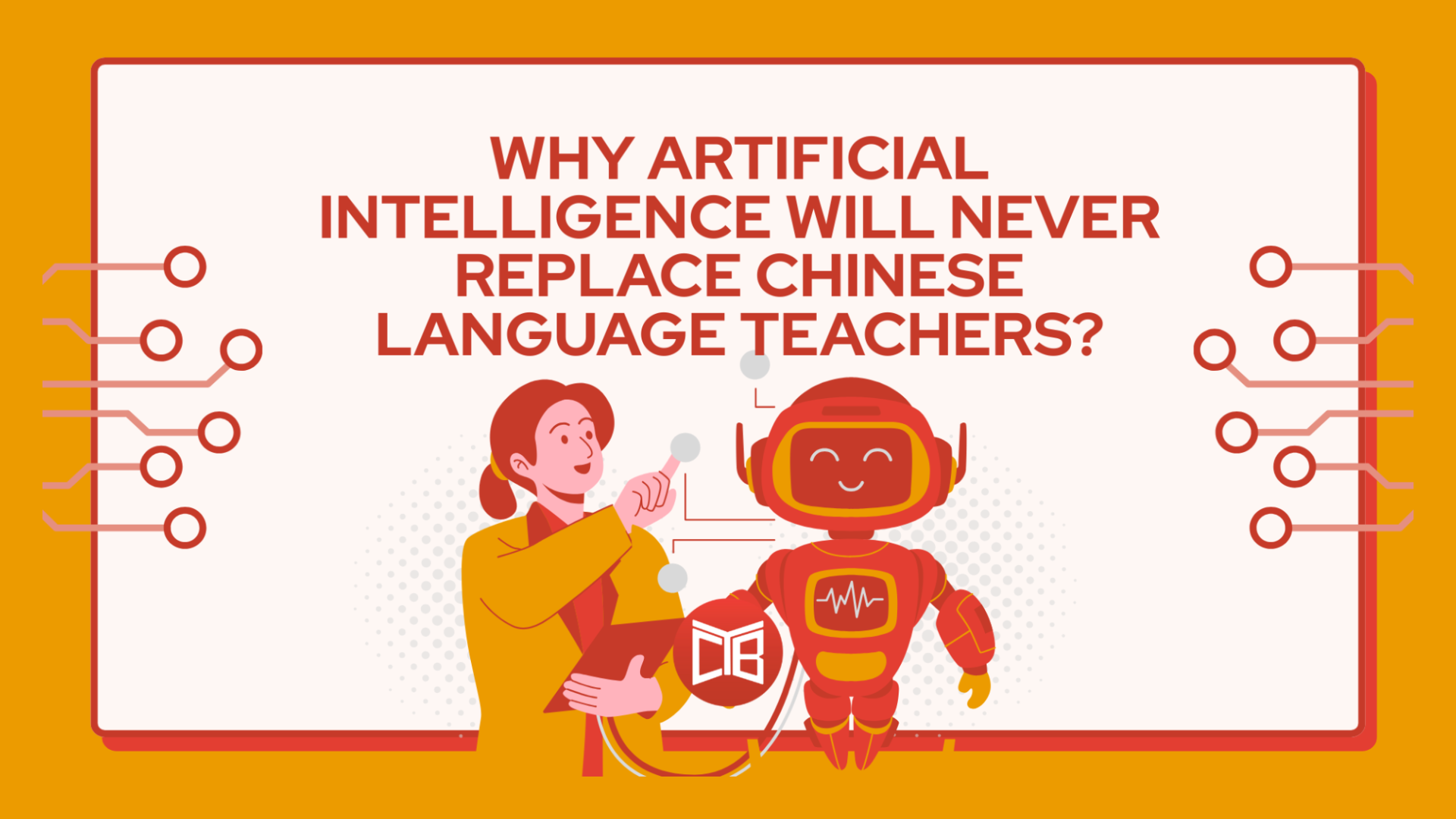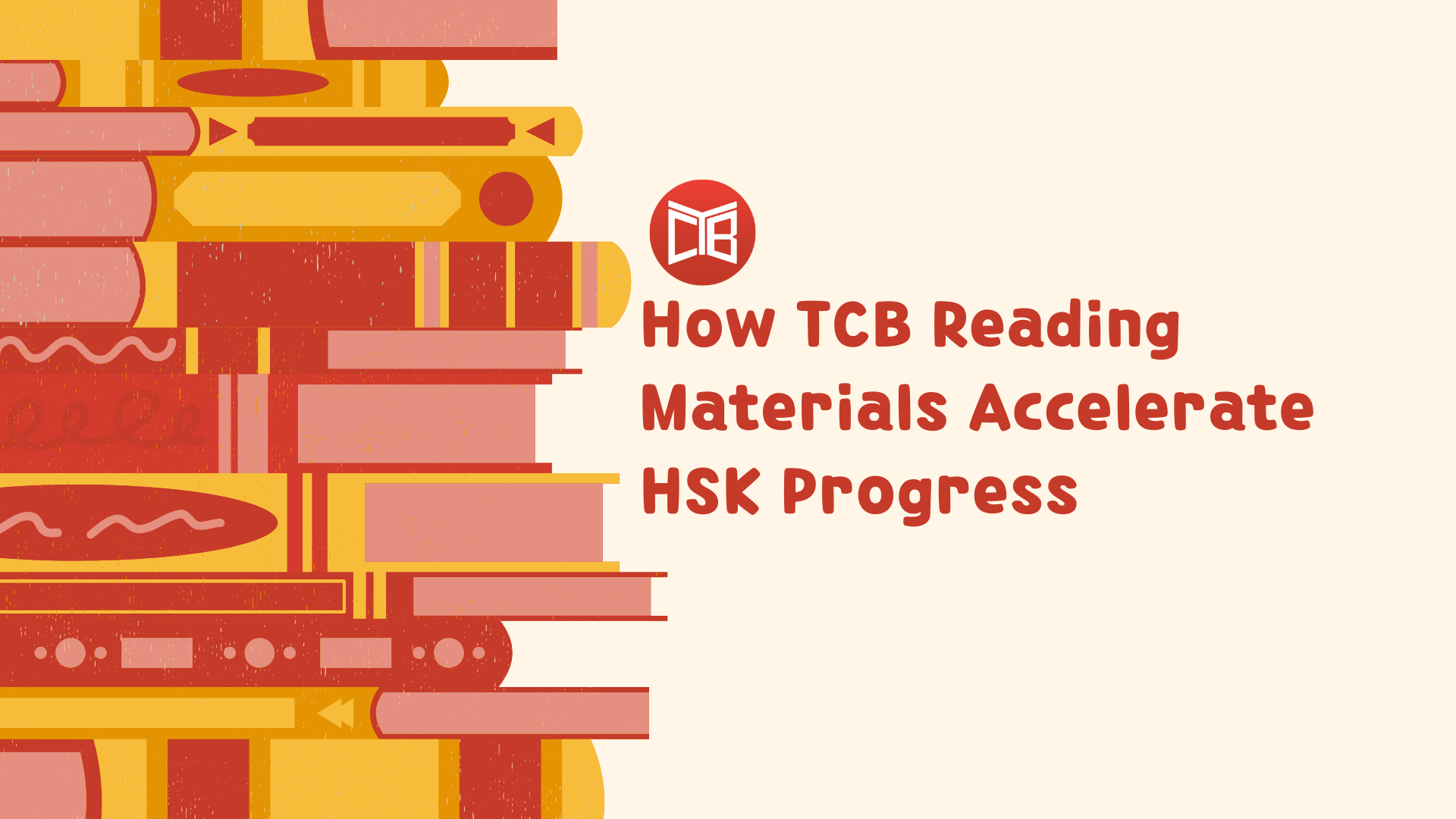
Artificial Intelligence (AI) is reshaping the way we live, work, and learn languages. With tools like ChatGPT and DeepSeek, students ask: “Will AI replace teachers?”
The short answer: No — and here’s why it never should.
While AI boosts efficiency, it lacks the human intuition needed for tones, cultural fluency, and motivation. Here’s what AI can do, where it fails, and how human teaching remains irreplaceable.
AI transforms education but won’t eliminate human language teachers of Chinese. Even in schools that employ a lot of technology, teachers choose AI solutions that focus on interaction rather than replacing mentorship. The future? Teachers leveraging AI, not competing with it.
3 Signs Your Chinese Suffers Without a Human Teacher
Before diving into AI’s role, be aware of these red flags:
- Tone deafness: AI misses or might not correct mispronunciations.
- Textbook robot syndrome: Your sentences “work” but feel awkward.
- Progress black hole: No one notices when you quit practising.
What Can AI Help You Do When Learning Chinese?
Artificial Intelligence is already a powerful ally in the language-learning world, especially when it comes to Chinese. While it can’t replace your teacher, it can support your learning in useful and time-saving ways.
- Pronunciation Drills: AI technology is great for helping you get the basics down. Apps like Speechling or Natural Reader offer drill practice, and some platforms even offer tone feedback, which can be especially helpful when you’re just starting out with Mandarin’s four-tone system.
- Grammar Explanations: AI is also excellent at breaking down grammar. You can ask ChatGPT to explain the difference between “不” and “没有,” or to show you how to use 把 sentences and you’ll usually get a clear, concise answer within seconds. It’s like having a grammar reference guide that talks back. Then there’s the:
- Conversation Practice: You can simulate all kinds of real-life situations using AI chatbots: from ordering noodles to checking into a hotel. These roleplays are great for building fluency in a low-pressure environment, especially if you’re feeling shy about speaking. And finally,
- Study Tools: AI is perfect for creating study tools on the fly. You can ask it to generate flashcards, quizzes, sentence examples, or even summaries of vocabulary lists tailored to your level. It works fast, it’s always available, and it never complains about repetition.
Used wisely, AI can be an efficient and flexible study partner, one that complements your learning outside the classroom.
But… there’s always a “but”.
Why Can’t AI Fix My Awkward Chinese?
Of course, for all its speed and convenience, AI has some very real limits, especially when it comes to learning a language as complex and culturally rich as Chinese.
AI’s Pronunciation Blind Spots
One of the biggest issues is that AI just can’t hear you the way a human can. While some tools provide tone feedback, they often miss subtle pronunciation problems, like saying “shi” instead of “xi,” or failing to apply tones correctly (for example, mispronouncing 你好 as nǐ hǎo instead of ní hǎo). A teacher, on the other hand, can spot those slip-ups immediately and help you fix them on the spot.
This is why The Chairman’s Bao will always use real human voices only and not AI-generated audio. Real speakers capture quirks algorithms miss: the way a Beijing local softens ‘-er’ sounds, or how a Shanghainese speaker rushes through sentences. AI can mimic, but it can’t live the language. Authentic rhythm, emotion, and regional accents matter — and only humans deliver them.
Then there’s the issue of your sentences sounding… well, weird.
AI’s Dirty Secret: It Teaches Textbook Chinese — Not How People Actually Speak
AI-generated sentences often use formal, written Chinese (书面语) instead of the more natural spoken language (口语) that real people use every day. If you’ve ever submitted a dialogue written by ChatGPT, you may have already heard your teacher say: “We don’t really say it like that.”
Ask “How to order bubble tea?” and you’ll get:
- AI: “请给我一杯珍珠奶茶” (Textbook)
- Human teacher fix: “Just say ‘一杯珍珠奶茶, 谢谢’ – locals drop 请!”
Even when begging AI for “casual Chinese,” it often gives outdated slang (e.g., 酷毙了 vs. 2025’s 绝绝子) because…
Cultural Nuance Gaps
Cultural nuance is another area where AI just doesn’t measure up. While it can translate slang or idioms like 躺平 or 加油, it doesn’t always understand when or why you’d use them. It can’t explain that saying “你吃了吗?” to a stranger on the street sounds outdated, or that using 加油 too often in conversation makes you sound robotic.
And, most importantly,…
Habit Blindness
AI doesn’t correct your bad habits. You can use it to practise speaking or writing, but it won’t notice if you’re consistently misusing a grammar structure or falling into a pattern that’s technically correct but socially awkward. A good teacher, by contrast, knows your learning history, tracks your progress, and gives you feedback that actually helps you grow.
In short: AI is smart, but it isn’t intuitive, empathetic, or culturally fluent. And for now, that makes all the difference.
And perhaps most importantly, teachers offer something no AI can: the ability to connect, to encourage, and to believe in your progress. That human feedback, a smile, a “Well done!” at the right moment, is often what keeps students going when they might otherwise give up.
This is exactly how human teaching stays relevant: it’s personal, adaptive, and responsive to you — not your data.
What If My Teacher Is Boring? Can AI Save Me?
It’s true — not every human teacher is inspiring. Some students have had boring, rigid, or unhelpful classroom experiences. Maybe your teacher followed the textbook too closely. Maybe they didn’t correct your tones or couldn’t explain things clearly. Or maybe you felt judged for making mistakes.
In those cases, AI can feel like a breath of fresh air. It’s patient, non-judgmental, and always available. You can repeat the same sentence twenty times without embarrassment. You can ask “What’s the difference between 想 and 要?” at 2 a.m. and get an answer in seconds.
Where AI Fails and Teachers Thrive
But here’s the thing: AI only works well when you already know how to learn. If you don’t know what to ask, where to start, or how to spot a mistake, AI won’t guide you.
This is where you can see the difference comparing AI to human teachers. Great teachers challenge you, adapt to your style, and build personalised plans.
So, yes. If your past learning experience wasn’t ideal, AI might feel more supportive. But don’t give up on teachers just yet. The right teacher makes all the difference. And when you combine that with smart use of AI, you get the best of both worlds: motivation, clarity, structure, and endless practice.
AI vs Human Teaching: What Can Each Really Do?
If you’re still wondering whether technology can replace teachers or not, let’s break it down side by side.
What does AI do well, and where do human teachers still have the upper hand?
| Task / Skill | AI Tools Can Do This | Human Teachers Can Do This |
| Provide pronunciation samples | ✅
Basic If audio is provided, it’s standard and cold. |
✅
Tailored Can provide both standard pronunciation and local, native variation. |
| Detect tone errors | ❌
Not reliably |
✅
Instantly |
| Explain grammar points | ✅
Clearly, but textbook-only |
✅
With real-life nuance and examples |
| Adapt to your mood & pace | ❌ | ✅ |
| Offer flashcards and quizzes | ✅
Fast and flexible |
✅
More effort |
| Practise speaking through dialogue | ✅
To some extent |
✅
With real-time correction |
| Catch fossilised mistakes | ❌ | ✅ |
| Explain slang, irony, cultural nuance | ❌
Often misses |
✅
In context |
| Track your progress | ❌ | ✅
Continuously |
| Motivate and encourage | ❌
Cold and neutral |
✅
Human and emotional |
Can I Use AI To Study Chinese More Effectively?
AI works best as a partner in your learning process. Here are smart ways to integrate it:
- Use ChatGPT or other AI tools to quiz you on vocabulary, grammar patterns, or sentence structures.
- Ask AI to create mini dialogues based on your textbook topics.
- Simulate travel or daily life conversations for extra speaking practice.
- Use image-to-text tools to decode signs, labels, and menus when travelling.
- Roleplay everyday situations (e.g. ordering bubble tea).
- Write first drafts of short texts.
Tip: After using AI to draft or practise something, bring it to your teacher and ask for feedback. That’s where the real learning happens.
And remember, you should never:
- Submit AI-generated homework
- Trust every translation
- Use AI as your only form of feedback
Try This AI + Human Teacher Challenge with The Chairman’s Bao
Want to see how AI can support, and not replace, your Chinese learning?
Try this AI + human teacher challenge with The Chairman’s Bao, designed to help you move beyond recognition into real-world fluency.
Disclaimer: If the level of the suggested lesson is too challenging or too easy, please do pick the one that feels right for you
Here’s how it works:
Choose a lesson from The Chairman’s Bao, for example: “Gen Z Reshapes Travel Trends Over May Day Holiday”
Complete The Chairman’s Bao exercises as usual:
- Listen to the real, native, human-recorded audio
- Read along as you play the audio track to practise intonation and natural pauses
- Review the vocabulary, grammar notes, and idioms
- Complete the comprehension tasks provided
Then use any AI tool to support deeper learning:
- Ask AI to rephrase 2–3 key sentences from the article using simpler vocabulary or grammar structures that you’re more familiar with.
- Ask it to review a grammar pattern from the Grammar tab in your own language. For example: “Explain how ‘逾+number’ is used and give 3 examples at HSK x level.”
- Ask it to challenge you on the new vocabulary.
- Ask for follow-up discussion questions based on the article’s topic, like:
“Create 3 conversation questions related to Gen Z and travel habits in Chinese.” - Bring your notes to your teacher and ask:
- “Does this AI explanation make sense in Chinese?”
- “Are these questions natural?”
- “How would you say it in conversation?”
Choose a lesson from The Chairman’s Bao, for example: “Gen Z Reshapes Travel Trends Over May Day Holiday”
Why this challenge works:
- ✅ You use AI as a tool for expansion, not replacement
- ✅ You practice transferring knowledge from passive reading to active use
- ✅ Your teacher personalises the lesson further and corrects inaccuracies
Try it once, you’ll quickly see what AI can’t do… and where your teacher adds value.
FAQ – Common Questions About Learning Chinese with AI
Will ChatGPT replace my language teacher?
For drafting answers and quick info? Sure. For personalised feedback? Never. It’s like using GPS to learn driving.
Will my teacher know if I use AI?
Probably. AI-generated work tends to sound too formal, too perfect, or just weird. Teachers notice.
How can I combine AI with real classes?
Use AI to prepare before class, review after class, and fill in gaps. Use your teacher to go deeper, fix mistakes, and practise real communication.
Can AI help me pass the HSK?
It can help you revise, test yourself, and find examples. But for real test strategies, tone work, and mock speaking exams, a teacher is still your best bet.
Author:

Fabia Parodi
Fascinated by foreign languages and cultures, Fabia Parodi was determined to be a polyglot since she was a child. Fluent in Italian, English, French and Spanish and competent in Mandarin Chinese, Fabia is an experienced language teacher, translator and multicultural marketing specialist.
When in class, she always make sure to include graded and authentic materials in her lessons to expose students to foreign cultures and to introduce a more natural use of the language they are learning. The two things she loves more than languages are travelling and exchanging stories with people from all over the world.






















